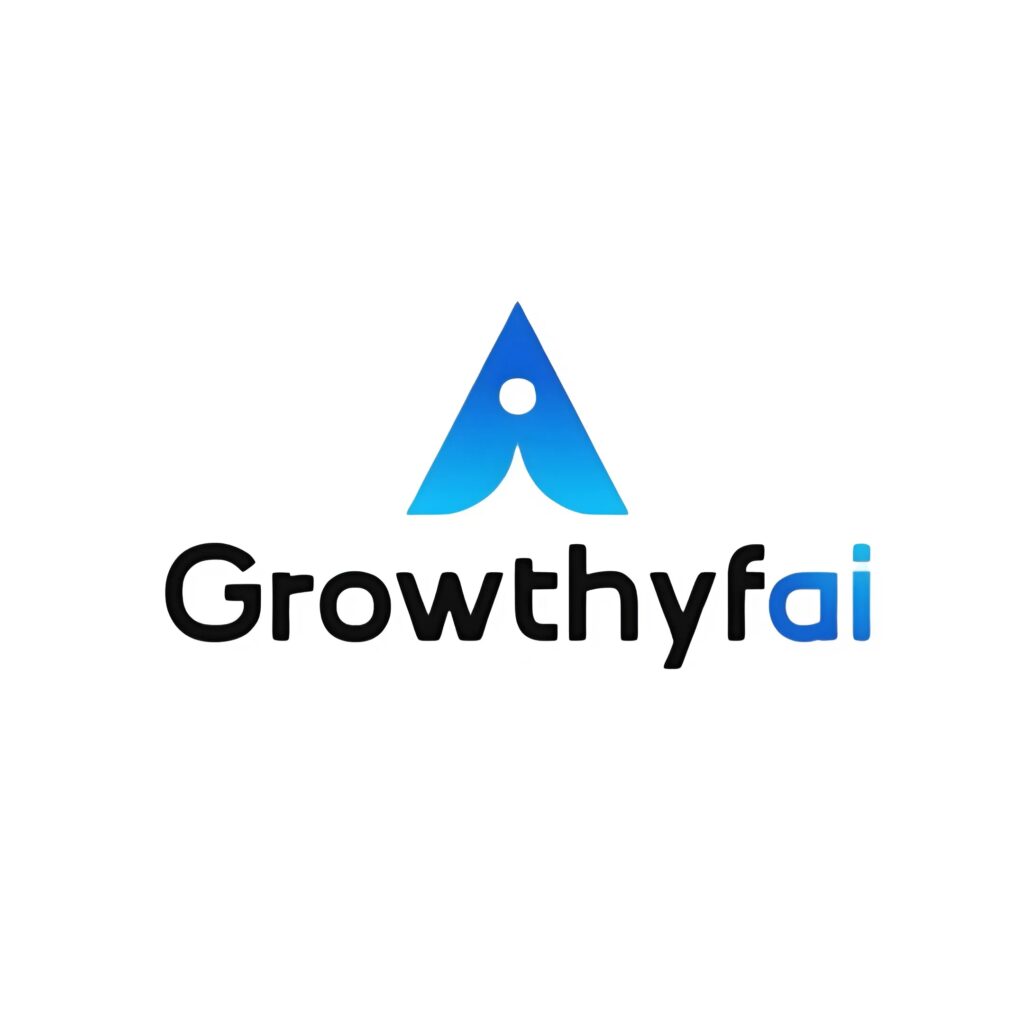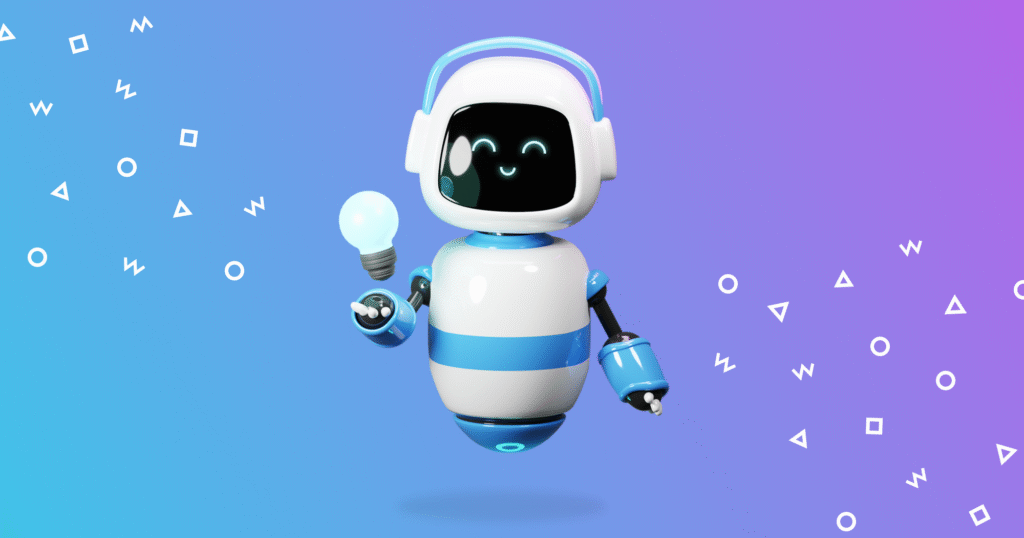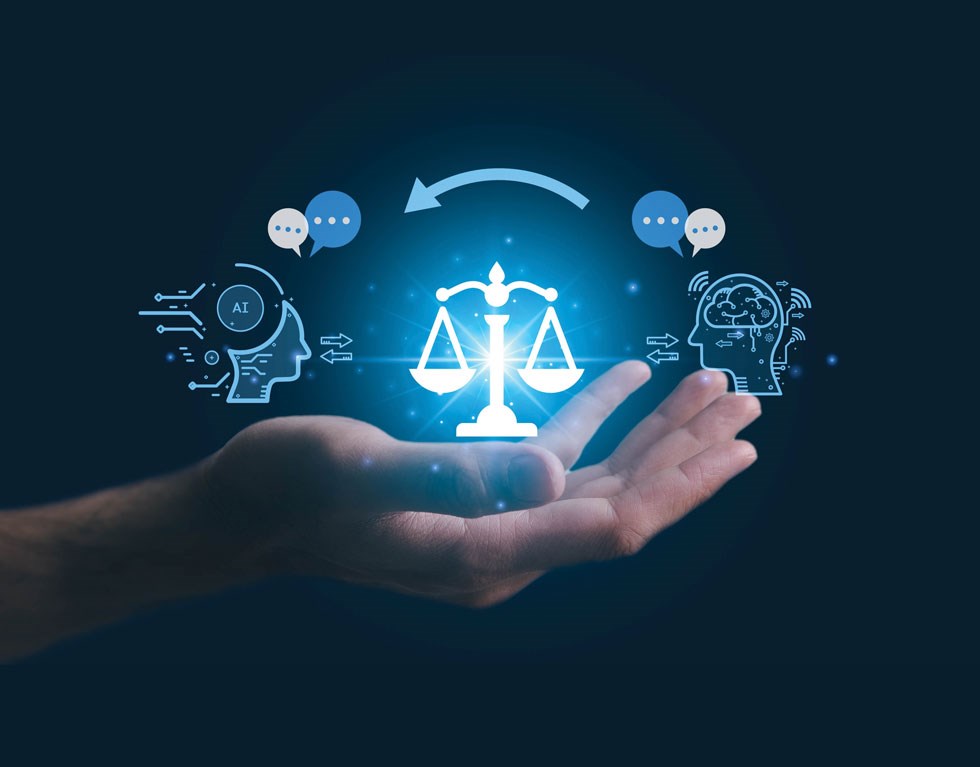“AI’s Role in Shaping Digital Protest Movements”

AI’s Role in Shaping Digital Protest Movements
In the 21st century, technology has become an inseparable part of our daily lives, transforming sectors, industries, and even social movements. The emergence of artificial intelligence (AI) has further accelerated these changes, particularly in the realm of digital protest movements. By leveraging AI, activists and organizations are now able to amplify their messages and reach broader audiences more effectively. This article explores the multifaceted role of AI in shaping digital protests, its impact, the challenges posed, and future possibilities.
—
The Rise of Digital Protest Movements
The past decades have seen a dramatic rise in digital activism. From the Arab Spring to the Black Lives Matter movement, digital platforms have been instrumental in mobilizing people across the globe. The digital landscape offers activists an unprecedented arena for communication, strategizing, and raising awareness. With the integration of AI, these movements have gained even more momentum, utilizing data analytics, sentiment analysis, and automated content curation to optimize their impact.
—
AI-Driven Strategies in Activism
1. **Data Analytics and Trend Spotting**
AI’s ability to analyze vast quantities of data allows activists to better understand the political climate and public sentiment. By utilizing AI-powered analytics, movements can identify emerging trends and adapt their strategies accordingly. For instance, the #MeToo movement made significant gains by identifying and leveraging trending hashtags and discussions on social media platforms. This real-time data analysis aids in making strategic decisions on when and how to present messages for maximum impact.
2. **Sentiment Analysis**
Understanding how the public feels about certain issues is essential for any protest movement. AI can dissect social media conversations, news articles, and other digital content to gauge public sentiment. This analysis allows activists to tailor their messages and address concerns more effectively, thereby garnering support and engagement.
3. **Automated Content Generation and Dissemination**
AI technologies can automate the creation and distribution of content, making it easier to maintain a robust online presence. From generating personalized messages to scheduling posts across various platforms, AI reduces the manual workload for activists, allowing them to focus on more strategic tasks. Tools like Hootsuite and Buffer, bolstered by AI algorithms, make content management seamless and efficient.
—
AI and Digital Protest: Notable Examples
1. **The Arab Spring**
In the early 2010s, the Arab Spring demonstrated the power of digital platforms in fostering revolutionary change. While AI was still in its nascent stages, the use of social media laid the groundwork for future AI-enabled movements. AI is now being used to analyze social media data from such movements to help predict possible outcomes and devise more effective campaign strategies.
2. **Black Lives Matter**
The Black Lives Matter movement has harnessed AI for various purposes, including identifying areas of concern, monitoring police activity, and raising awareness on discriminatory practices. AI tools can assist in analyzing police reports, utilizing facial recognition technology to identify individuals involved in incidents, and advocating for accountability and reform.
3. **Climate Change Protests**
Organizations focused on environmental issues have utilized AI to model climate scenarios, educate the public, and advocate policy change. AI tools can process and visualize complex climate data, making it accessible and compelling for the general public, thereby fostering greater participation in climate change protests.
—
Challenges and Ethical Considerations
While AI offers numerous advantages for digital protest movements, it also raises ethical and operational concerns. The risk of AI-driven surveillance by governmental bodies poses a threat to privacy and freedom of expression. Activists must navigate these challenges carefully to ensure their safety and the protection of their data.
AI algorithms also carry the potential for bias, especially when built on incomplete or flawed data. This can lead to misinterpretation of public sentiment and hinder the effectiveness of a movement’s campaigns. Addressing these biases by ensuring transparency and accountability in AI systems is critical.
—
The Future of AI in Digital Protests
The integration of AI into digital protests is still evolving. As technology advances, so will the strategies employed by activists. Future possibilities include more sophisticated bots for content distribution, AI-enhanced virtual reality experiences to simulate protest environments, and advanced analytics for behavioral prediction and model simulations.
Furthermore, AI could facilitate global collaboration by translating and tailoring messages to resonate across different cultures and languages, breaking down geographical barriers.
—
Conclusion
AI is undeniably transforming digital protest movements, providing unprecedented capabilities for activists to reach, engage, and mobilize audiences worldwide. While the technology presents challenges, its potential benefits for shaping effective and inclusive social movements are immense. By harnessing AI responsibly and ethically, digital protests can continue to catalyze meaningful change in our societies, championing causes that demand urgent attention and action. As activists adapt to this rapidly changing landscape, AI will undoubtedly play a central role in the future of digital activism.









